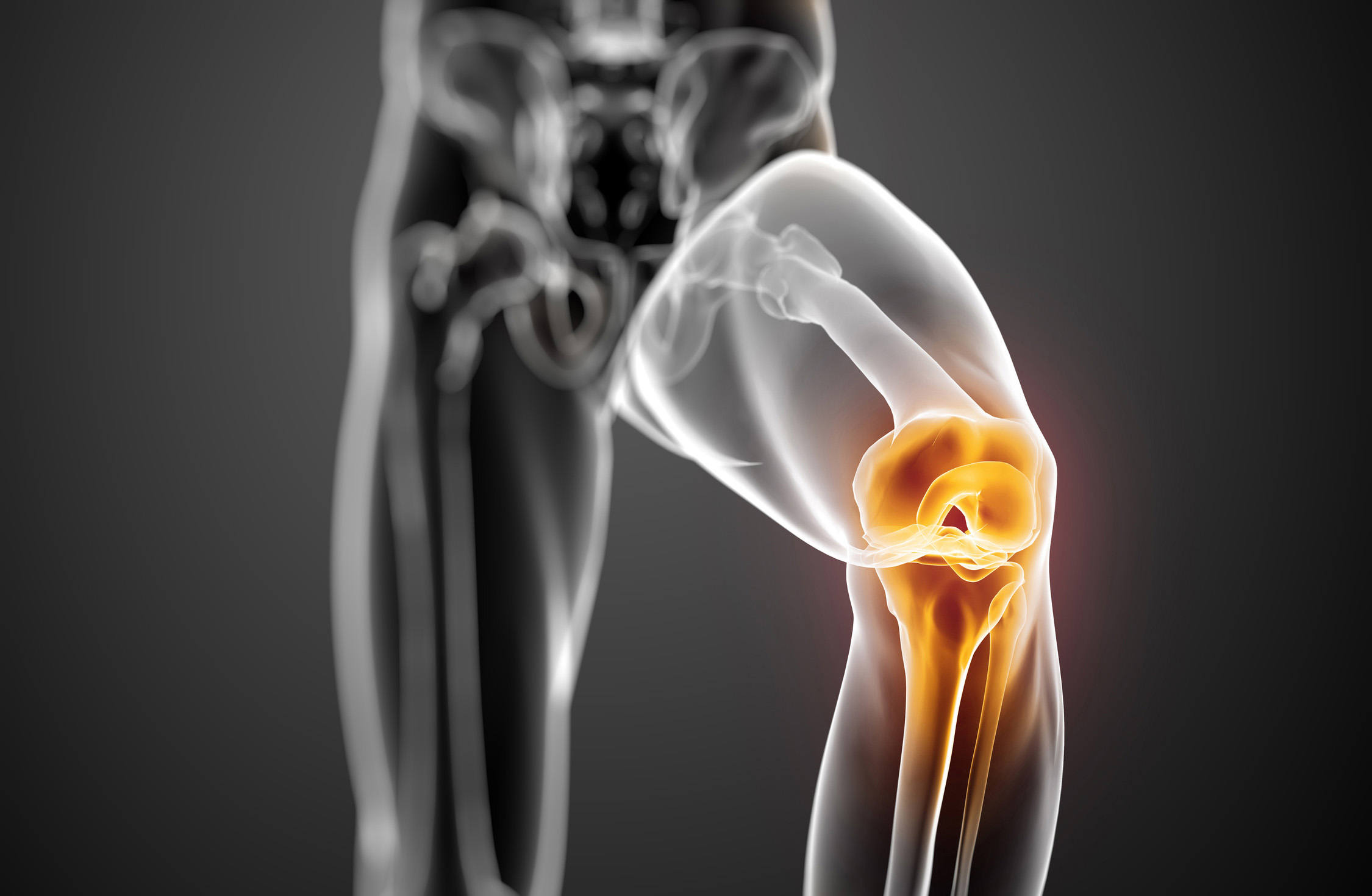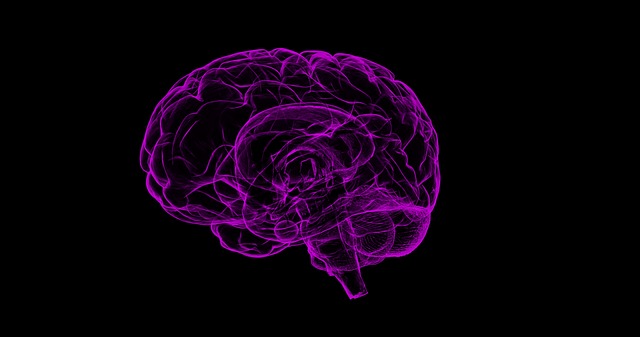Researchers have discovered that the immune system is capable of creating cancerous DNA mutations that can fight off infections. Chronic inflammation that’s caused by exposure to dangerous chemicals and disease can lead to cancers, according to researchers from MIT (Massachusetts Institute of Technology).
Recent findings from the Proceedings of the National Academy of Sciences paper published this week, have found a number of chemical warfare agents used within the immune system that can fight off infections. This causes DNA mutations, leading to cancer.
Inflammation is thought to cause or promote one in five cancers and this includes mesothelioma, a form of lung cancer that’s caused by inflammation. According to research associate Bogdan Fedeles from the Department of Biological Engineering at MIT, all of these are followed by chronic exposure to asbestos, colon cancer and inflammatory bowel disease.
What is Inflammation?
The body produces inflammation as a response to harmful irritants or any invading pathogens. The invaders are attacked by the immune system by a number of reactive molecules and this is designed to neutralize it and this includes nitric oxide, hydrogen peroxide and hypochlorus acid.
The molecules cause collateral damage within healthy tissue and around the site of infection, but the presence of foreign pathogens can activate the immune response that tries to fight off any bacteria. However, this process can damage normal cells.
Studies Support The Link Between Inflammation and Cancer
The presence of lesions or structural damage to DNA otherwise known as 5-chlorocytosine (5CIC) were shown within the inflamed tissue of mice that were infected with the Helicobacter Hepaticus pathogen. This lesion is a kind of damaged DNA base cytosine and it’s caused by reactive molecules known as hypochlorus acid, one of the main ingredients that’s found in household bleach and is also generated within the immune system.
The 5CIC lesion was found high levels within the tissue according to lead researchers, John Essigmann, the William R. (1956) and Betsy P. Leitch Professor in Residence Professor of Chemistry, Toxicology and Biological Engineering at MIT.
DNA sequencing of the gastrointestinal tumors was found to reveal two kinds of mutation: cytosine ( C ) bases that changed to thymine ( T ) bases and adenine ( A ) bases that also changed to guanine ( G ) bases. As 5CIC has not been studied yet as a potential carcinogenic mutagen, further investigation is needed to determine if it’s mutagenic.
Researchers firstly looked at the specific site of the 5CIC lesion within the genome of the bacterial virus. They also replicated this virus within the cells. The discovery from the researchers was that instead of pairing a guanine base with a cytosine, by pairing it with an adenine base for 5% of the time, according to Essigmann this caused a medically relevant mutation frequency.
Research also suggests that when the immune system is triggered by an infection, it fires hypochlorus acid at the location, damaging the cytosines within the DNA of the surrounding tissue. Any damage caused to the cytosines then becomes 5CIC.
Additionally, researchers have hypothesized that hypochlorus acid can damage the cytosines within the nucleotide pool and this causes the nucleotide reservoir to become a part of the replicating cells DNA.
By replicating the lesion containing genome along with various kinds of polymerase, the enzyme assembling DNA that includes human polymerases was determined and it was confirmed that 5CIC is mutagenic within human DNA. “The same kind of mutations were seen within cells and this made the researchers confident that this occurs where 5CIC levels are high within human cells.”
This technique was developed in Essigman’s laboratory and found that by placing the 5CIC lesion at a specific site along with the bacterial virus genome, then replicating the virus within the cell. Researchers then paired the 5CIC with an adenine base for 5% of the time to create a medically relevant mutation frequency.
These findings suggest that when an infection is triggered within the immune system, it fires hypochlorus acid at the site and this damages cytosines in the DNA of the healthy tissue. This damage then causes cytosines to become 5CIC.
To confirm that 5CIC is mutagenic within human DNA, researchers replicated the genome containing the lesion within a variety of different types of polymerase, the enzyme assembling DNA, including human polymerases. In each of these cases it was found that the 5CIC was mutagenic, causing the same kind of mutations seen within cells. This gave them confidence that this phenomenon can also happen in human cells containing high levels of 5CIC.
How To Avoid Inflammation
What we eat on a daily basis is one of the biggest contributors of inflammation. Avoiding starchy carbohydrates in the form of pastas, cereals, sugary drinks and junk food is recommended. All of these foods promote inflammation in the body and promote disease, making it more difficult to get healthy.
The anti-cancer diet involves eating many fruits and vegetables, nuts, seeds and legumes for best health. By following the recommended advice in the Cancer Cell Rehabilitation in 30 Days ebook for best results.
Source: MIT News





